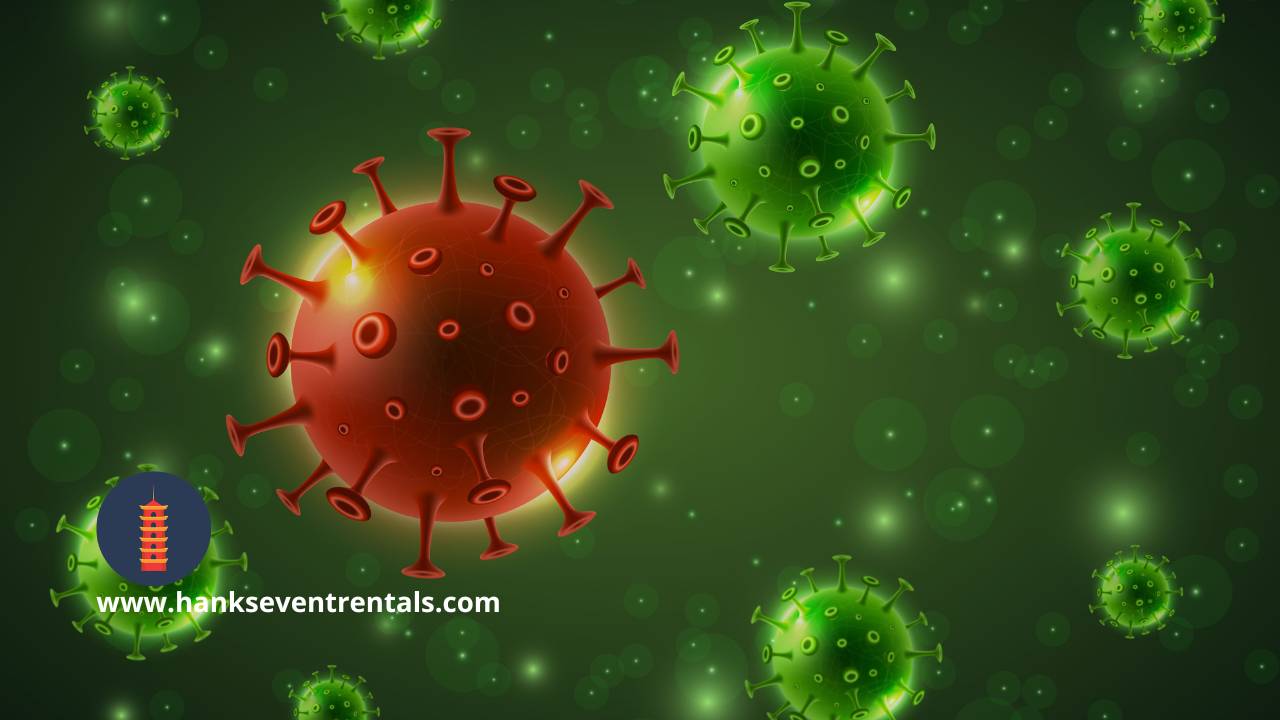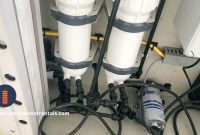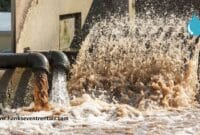In sewage water treatment, the role of bacteria is often underestimated, yet these microorganisms serve as the backbone of biological processes that effectively break down organic waste. Without bacteria, managing the large volumes of sewage produced daily would be impossible. This article delves into how bacteria work, why they are indispensable in the process, and what types of bacteria play critical roles in sewage water treatment.
Bacteria in Sewage Water Treatment: Why Are They Important?
Bacteria are living organisms that thrive in environments filled with organic material, such as sewage. In wastewater treatment plants, bacteria act as nature’s clean-up crew by digesting and breaking down organic pollutants in water. This biological process, also known as biodegradation, helps to transform harmful waste into less harmful substances, primarily carbon dioxide, water, and biomass.
The use of bacteria in sewage water treatment is not only a natural method of waste removal but also an energy-efficient and cost-effective solution. The natural processes employed by bacteria reduce the need for chemical treatments, which can be expensive and have secondary environmental impacts.
How Do Bacteria Break Down Sewage?
Bacteria are essential in both aerobic (oxygen-present) and anaerobic (oxygen-absent) processes. Here’s how they operate in each:
Aerobic Bacteria in Sewage Water Treatment
Aerobic bacteria require oxygen to survive and multiply. In wastewater treatment plants, these bacteria are commonly used in the secondary treatment stage, where they help break down organic matter in the presence of air. The process typically involves bubbling air through the sewage to create an oxygen-rich environment that aerobic bacteria thrive in.
Aerobic bacteria consume organic waste, converting it into carbon dioxide, water, and additional bacterial biomass. This process is highly efficient, with the by-products being relatively harmless.
Anaerobic Bacteria in Sewage Water Treatment
On the other hand, anaerobic bacteria function in oxygen-deprived environments. These bacteria are often employed in the treatment of sludge and in the anaerobic digestion process, where they break down organic material without oxygen. Anaerobic bacteria produce methane gas as a by-product, which can be captured and used as a renewable energy source in some treatment plants.
The use of anaerobic bacteria is especially important in the sludge digestion process, as they reduce the volume of waste significantly and generate energy in the form of biogas, contributing to the sustainability of sewage treatment plants.
Types of Bacteria in Sewage Water Treatment
There are several types of bacteria that are essential to the sewage treatment process. Each type performs specific functions that ensure efficient breakdown and purification of wastewater.
1. Heterotrophic Bacteria
These bacteria are responsible for breaking down the organic material in sewage. They consume organic compounds and use them as their primary source of energy. Heterotrophic bacteria are present in both aerobic and anaerobic environments, playing a key role in both processes.
2. Autotrophic Bacteria
Autotrophic bacteria, unlike heterotrophic bacteria, derive energy from inorganic substances. In sewage treatment, autotrophic bacteria help in processes like nitrification, where they convert ammonia to nitrate—a crucial step in removing nitrogenous waste from the water. Nitrosomonas and Nitrobacter are common types of autotrophic bacteria used in this process.
3. Acidogenic Bacteria
Acidogenic bacteria are involved in the initial stages of anaerobic digestion. They break down organic materials into volatile fatty acids, hydrogen, and carbon dioxide. These acids are then used by other types of bacteria in subsequent digestion stages.
4. Methanogenic Bacteria
These anaerobic bacteria are vital in converting the products of acidogenesis into methane and carbon dioxide. Methanogens are crucial in the anaerobic digestion process, where their by-products—methane gas—are often harvested as biogas, contributing to energy production in sewage plants.
Biological Treatment Processes in Sewage Water Treatment
There are two primary biological treatment processes used in sewage water treatment plants: activated sludge and trickling filters. Bacteria play a central role in both methods.
1. Activated Sludge Process
The activated sludge process is one of the most common sewage treatment methods. It relies heavily on aerobic bacteria to decompose organic matter. Wastewater is aerated, and bacteria are introduced to form “activated sludge,” which clumps together in the form of flocs. These bacterial flocs consume organic material as they settle, leaving behind clearer, cleaner water.
2. Trickling Filters
In this process, sewage is trickled over a bed of stones or plastic media coated with bacterial biofilm. As the sewage flows over these surfaces, bacteria degrade the organic materials present in the water. Trickling filters are ideal for small- to medium-sized plants due to their simplicity and low maintenance requirements.
The Benefits of Using Bacteria in Sewage Water Treatment
The use of bacteria in sewage water treatment comes with a multitude of benefits, including:
- Natural Process: Bacteria-based treatments are natural and require fewer chemicals, making them environmentally friendly.
- Energy Efficiency: Especially in anaerobic processes, bacteria can generate biogas, which can be used to power parts of the plant.
- Cost-Effective: Bacteria reduce the need for expensive chemical treatments and help in lowering operational costs.
- Sustainability: Using bacteria to break down sewage reduces the ecological footprint and contributes to the circular economy through energy production.
Challenges in Maintaining Healthy Bacterial Populations
Despite the many advantages of bacteria in sewage water treatment, maintaining a healthy bacterial population can be challenging. Several factors can negatively impact bacterial activity, including:
- Toxic Substances: Chemicals and toxins entering the sewage system can kill bacteria, leading to reduced efficiency in the treatment process.
- Temperature Fluctuations: Extremes in temperature, especially in outdoor treatment systems, can harm bacterial colonies, slowing down the decomposition process.
- pH Imbalance: The acidity or alkalinity of sewage can influence bacterial health. Most bacteria thrive in a neutral pH range (6.5-7.5), and deviations from this can disrupt the process.
- Overloading: Excessive amounts of organic matter in the sewage can overwhelm bacterial colonies, leading to incomplete waste digestion.
Enhancing Bacterial Efficiency in Sewage Water Treatment
To optimize bacterial activity in sewage water treatment, several methods can be employed:
- Pre-Treatment Screening: Removing large debris and toxic materials from sewage before it enters biological treatment areas ensures a healthier environment for bacteria.
- Temperature Control: Maintaining optimal temperatures for bacterial growth can enhance biodegradation.
- pH Balancing: Adjusting the pH of wastewater ensures that bacterial populations remain healthy and active.
- Bioaugmentation: Introducing specific strains of bacteria known for their high efficiency in breaking down certain pollutants can improve treatment outcomes.
FAQs: The Role of Bacteria in Sewage Water Treatment
Q1: What is the role of bacteria in sewage water treatment?
Bacteria play a crucial role in breaking down organic waste in sewage through biological processes like aerobic and anaerobic digestion. They convert harmful substances into harmless by-products such as water, carbon dioxide, and methane.
Q2: Why are anaerobic bacteria important in sewage treatment?
Anaerobic bacteria break down organic materials without oxygen, producing methane gas as a by-product. This gas can be used as a renewable energy source, making the treatment process more sustainable.
Q3: How do bacteria help in the activated sludge process?
In the activated sludge process, aerobic bacteria form clumps called flocs that break down organic matter in sewage, resulting in cleaner water after the sludge settles.
Q4: Can bacteria be harmed during the sewage treatment process?
Yes, bacterial populations can be affected by toxic chemicals, extreme temperatures, pH imbalances, and excessive organic load in the sewage, which can reduce their effectiveness.
Q5: How can we improve the efficiency of bacteria in sewage water treatment?
Improving bacterial efficiency can be achieved through temperature control, pH balancing, bioaugmentation (adding efficient bacteria strains), and pre-treating wastewater to remove harmful substances.
Read more also: Which is Better Ion Exchange Resin or Granular Activated Carbon?



